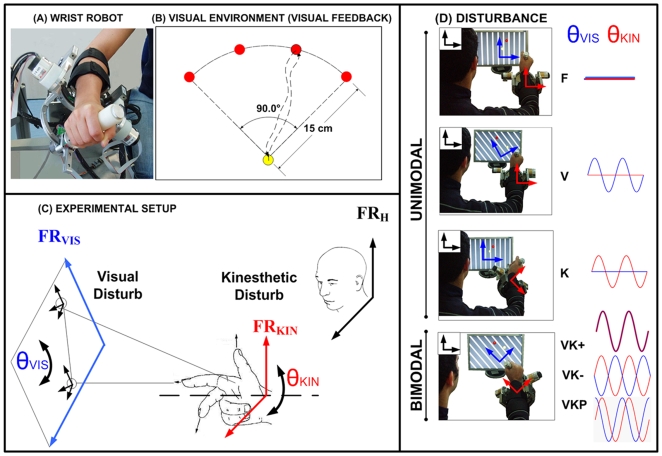Figure 1. Apparatus and experimental procedures.
(A): Wrist robot (WR) and (B): Visual Environment (VE) task is to perform center-out pointing movements, using the F/E and Ab/Ad DOFs, to each one of the four different targets: a central target, which corresponds to the neutral wrist position ( ) and four peripheral targets equally spaced on the upper semi-circle. (C):the experimental protocol the x and y coordinates of VR (FRVIS) always correspond to movements of the F/E (flexion/extension) and Ab/Ad (abduction/adduction) wrist DOFs (FRKIN) respectively. (D): unimodal and bimodal disturbances: F condition; K condition; V condition; VK+ or VK− or VKP condition. The red circle identifies the target and the yellow circle the wrist end effector. The orientation of the visual scene is identified by the stripe pattern. In the case of kinesthetic disturbance K the P/S DOF was driven by a position servo with no effect on the VR. In the case of the visual disturbance V, the visual scene was rotated with respect to the computer screen. Bimodal conditions are a combination of both visual and kinesthetic disturbances. The VK- and VKP conditions are similar bimodal perturbations as VK+ but with a variable misorientation of the visual frame FRVIS and the wrist frame FRKIN.
) and four peripheral targets equally spaced on the upper semi-circle. (C):the experimental protocol the x and y coordinates of VR (FRVIS) always correspond to movements of the F/E (flexion/extension) and Ab/Ad (abduction/adduction) wrist DOFs (FRKIN) respectively. (D): unimodal and bimodal disturbances: F condition; K condition; V condition; VK+ or VK− or VKP condition. The red circle identifies the target and the yellow circle the wrist end effector. The orientation of the visual scene is identified by the stripe pattern. In the case of kinesthetic disturbance K the P/S DOF was driven by a position servo with no effect on the VR. In the case of the visual disturbance V, the visual scene was rotated with respect to the computer screen. Bimodal conditions are a combination of both visual and kinesthetic disturbances. The VK- and VKP conditions are similar bimodal perturbations as VK+ but with a variable misorientation of the visual frame FRVIS and the wrist frame FRKIN.

